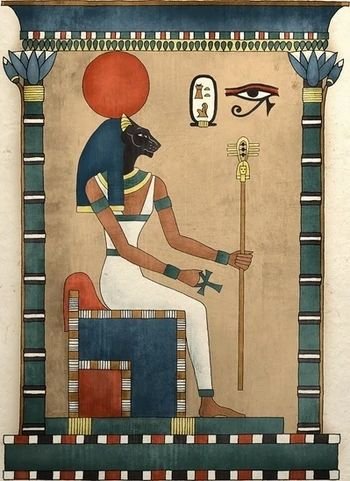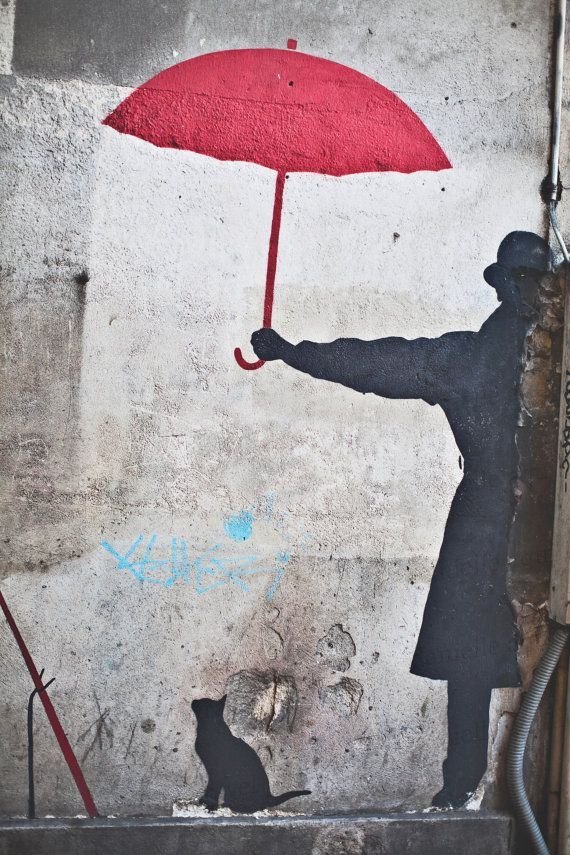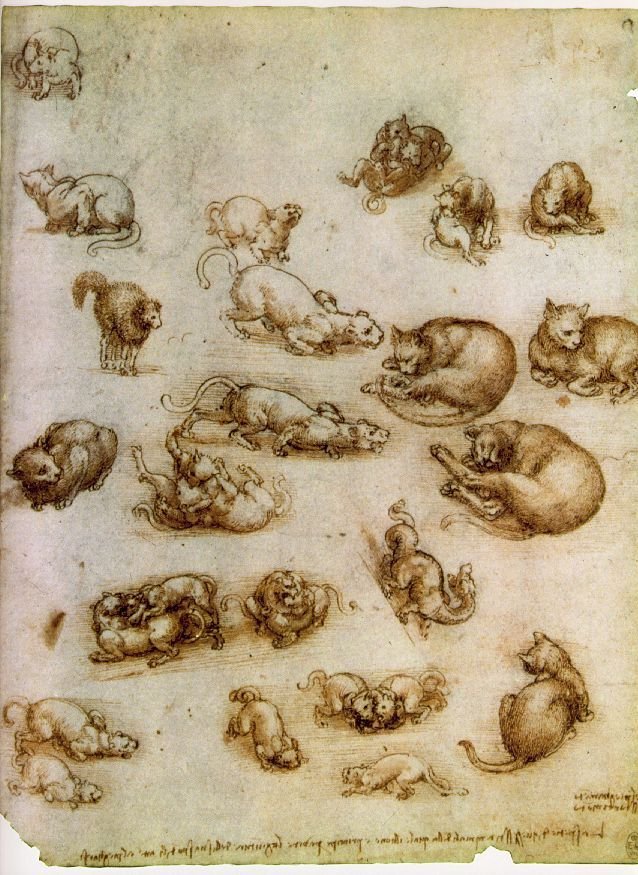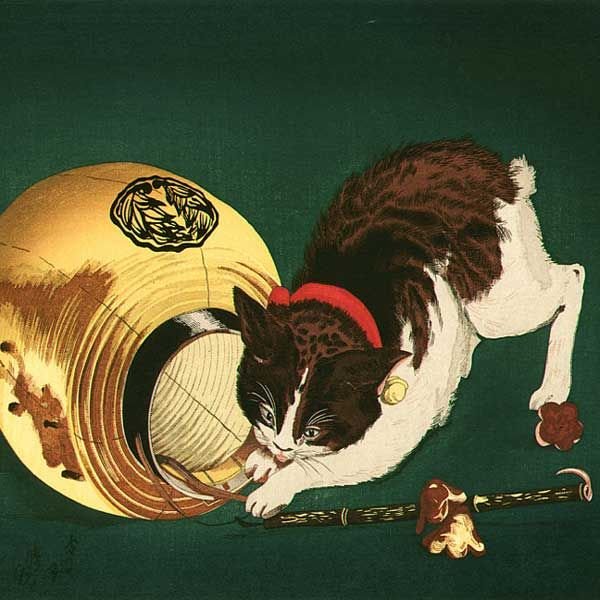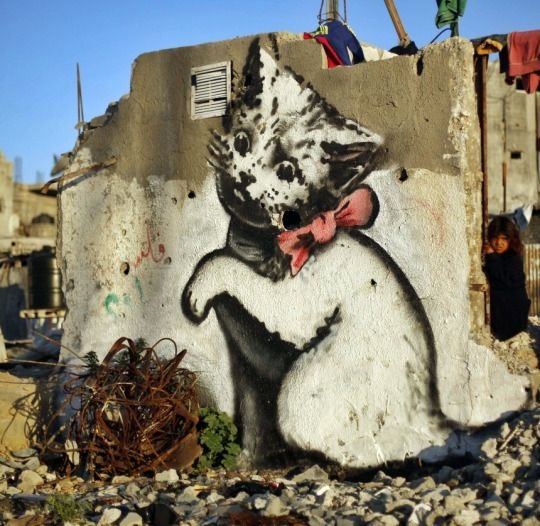The Feline Muse: Cats in Art Across Time
Cats – enigmatic beings that navigate between aloof indifference and affectionate charm, have been captivating the human imagination for centuries.
Beyond their role as companions, cats hold a special place in the world of art, serving as muses for countless artists throughout history. Join us on a journey through the ages as we explore the feline presence in art, from ancient civilisations to the modern era.
Ancient Egypt: The Divine Bastet
Our journey begins in ancient Egypt, where the cat was revered as a sacred and divine creature. Bastet, the feline goddess of home and protection, was often depicted with the head of a lioness or a domestic cat. Artists of the time captured the mysticism and reverence for these elegant animals in sculptures, paintings, and hieroglyphics. One lesser-known fact is that ancient Egyptians kept domestic cats as companions and were associated with good luck.
Medieval Manuscripts: Cats in Illuminated Splendor
Fast forward to the medieval period, and we find cats making their mark in illuminated manuscripts. These crafted books showcased illustrations and marginalia, often featuring playful or regal cats alongside religious texts. Cats, with their graceful postures, added a touch of whimsy to the solemnity of medieval manuscripts, creating a delightful juxtaposition of the sacred and the secular. In medieval Europe, cats were also associated with superstitions, and some believed they possessed magical qualities.
Renaissance Masterpieces: The Cat in Domestic Scenes
The Renaissance era witnessed a shift in artistic focus from the divine to the mundane, and cats became prominent figures in domestic scenes. Artists such as Leonardo da Vinci and Albrecht Dürer incorporated cats into their works, portraying them as symbols of refinement and reminders of the transience of life. In these paintings, cats lounged languidly in opulent interiors, serving as silent witnesses to the human drama unfolding around them. It's fascinating to note that during the Renaissance, cats were also kept as pets by the wealthy elite.
Japanese Ukiyo-e Prints: Cats in Edo Period Art
In Edo period Japan, cats took on a different cultural significance. Ukiyo-e artists like Utagawa Kuniyoshi and Tsukioka Yoshitoshi depicted cats in various roles, from playful companions to mythical creatures. Cats were often portrayed as clever and mysterious beings, weaving seamlessly into the rich tapestry of Japanese folklore and daily life. Interestingly, some Edo period prints depicted cats engaged in human-like activities, adding a touch of humor to the art.
Contemporary Art: Cats in the Digital Age
As we move into the contemporary era, the feline presence in art continues to evolve. The internet has brought about a surge in cat-related content, with memes, gifs, and viral videos showcasing the enduring popularity of these captivating creatures. Artists like Ai Weiwei have incorporated cats into their contemporary works, using them as symbols of resistance and resilience in the face of political challenges. The internet phenomenon of "cat cafes" also emerged in the 21st century, blending the love for art and cats into immersive and interactive experiences.
From the sacred temples of ancient Egypt to the digital landscapes of the 21st century, cats have maintained their status as artistic muses across cultures and time periods. As we celebrate the bond between humans and felines, it's clear that the allure of cats in art is timeless, transcending boundaries and sparking the imagination of artists throughout the ages. So, the next time you find yourself captivated by a cat's gaze, remember that you are part of a long tradition that has embraced these enchanting creatures as both companions and sources of inspiration.

